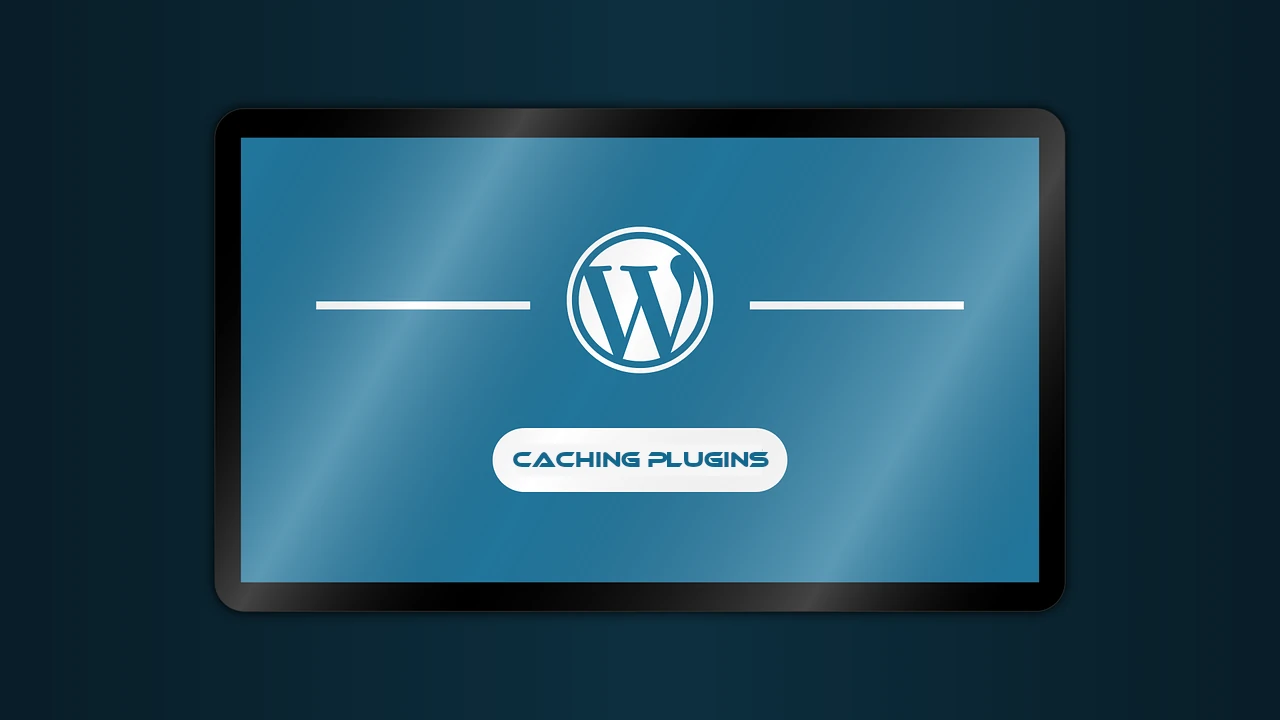
WordPress is a powerful and popular platform for building websites and blogs, but sometimes, the default setup can be a bit slow. Luckily, there are various ways to optimize WordPress performance, and one of the most effective methods is using caching plugins. These plugins can significantly speed up your website by storing static versions of your pages and serving them to visitors, reducing server load and loading times. In this article, we will explore how caching plugins work and how to use them to boost your WordPress site’s speed.
Understanding Caching
Caching is the process of storing frequently accessed data in a temporary storage location to reduce the time and resources needed to fetch the same data repeatedly. In the context of WordPress, caching plugins create and store static HTML versions of your dynamic pages. When a user requests a page, the server serves the cached version instead of generating the page from scratch, resulting in faster load times.
Benefits of Caching Plugins
- Faster Page Load Times: By serving cached versions of pages, your website can load much faster for both new and returning visitors, improving user experience and reducing bounce rates.
- Reduced Server Load: Caching plugins lessen the burden on your server by reducing the number of requests to generate dynamic content, allowing your server to handle more concurrent users.
- Improved Search Engine Rankings: Faster loading times contribute to better search engine rankings. Search engines like Google consider page speed as a ranking factor, and a fast-loading website can positively impact your SEO efforts.
Popular Caching Plugins for WordPress
- W3 Total Cache: One of the most popular caching plugins, W3 Total Cache offers a wide range of caching options and performance enhancements. It can cache pages, objects, and databases, and supports CDN integration for further speed improvements.
- WP Super Cache: Developed by Automattic, the company behind WordPress, WP Super Cache is easy to set up and offers both static and dynamic caching options. It also provides preload and CDN support.
- WP Rocket: Although it is a premium plugin, WP Rocket is highly user-friendly and offers comprehensive caching features. It includes page caching, cache preloading, and lazy loading of images to optimize performance.
How to Use Caching Plugins
- Install and Activate: To get started, go to your WordPress dashboard, navigate to “Plugins,” click on “Add New,” and search for your desired caching plugin. Install and activate it.
- Configure the Plugin: After activation, access the plugin’s settings to configure caching options based on your website’s needs. The settings may vary depending on the plugin you choose, but most caching plugins offer straightforward setup options.
- Test Your Website: Once configured, test your website’s performance using tools like Google PageSpeed Insights or GTmetrix. These tools will give you insights into the improvements made by caching and other optimizations.
- Regular Maintenance: Caching plugins might require occasional updates and maintenance. Ensure you keep your caching plugin and WordPress version up to date for optimal performance.
Conclusion
Caching plugins are a powerful tool to speed up your WordPress website and enhance user experience. By reducing loading times and server load, caching can significantly improve your site’s performance. Remember to choose a reliable caching plugin, configure it properly, and regularly monitor your website’s speed to ensure optimal results. With the right caching strategy, your WordPress site will be faster, more efficient, and better equipped to handle traffic spikes.



